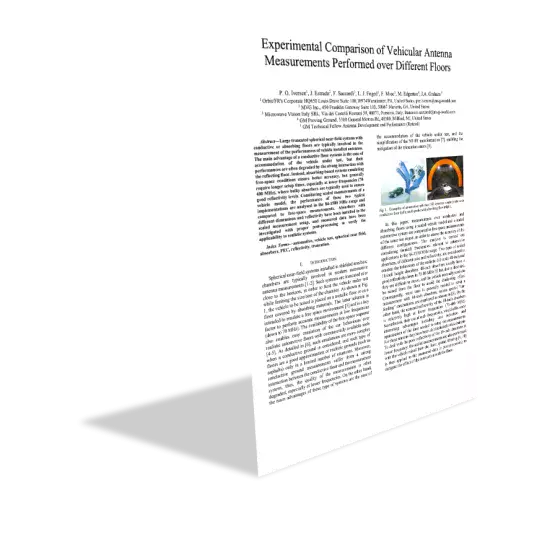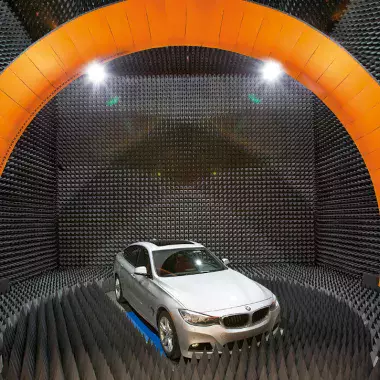
Large truncated spherical near-field systems with conductive or absorbing floors are typically involved in the measurement of the performances of vehicle installed antennas. The main advantage of a conductive floor systems is the ease of accommodation of the vehicle under test, but their performances are often degraded by the strong interaction with the reflecting floor. Instead, absorbing-based systems emulating free-space conditions ensure better accuracy, but generally require longer setup times, especially at lower frequencies (70- 400 MHz), where bulky absorbers are typically used to ensure good reflectivity levels. Considering scaled measurements of a vehicle model, the performance of these two typical implementations are analysed in the 84-1500 MHz range and compared to free-space measurements. Absorbers with different dimensions and reflectivity have been installed in the scaled measurement setup, and measured data have been investigated with proper post-processing to verify the applicability to realistic systems.


